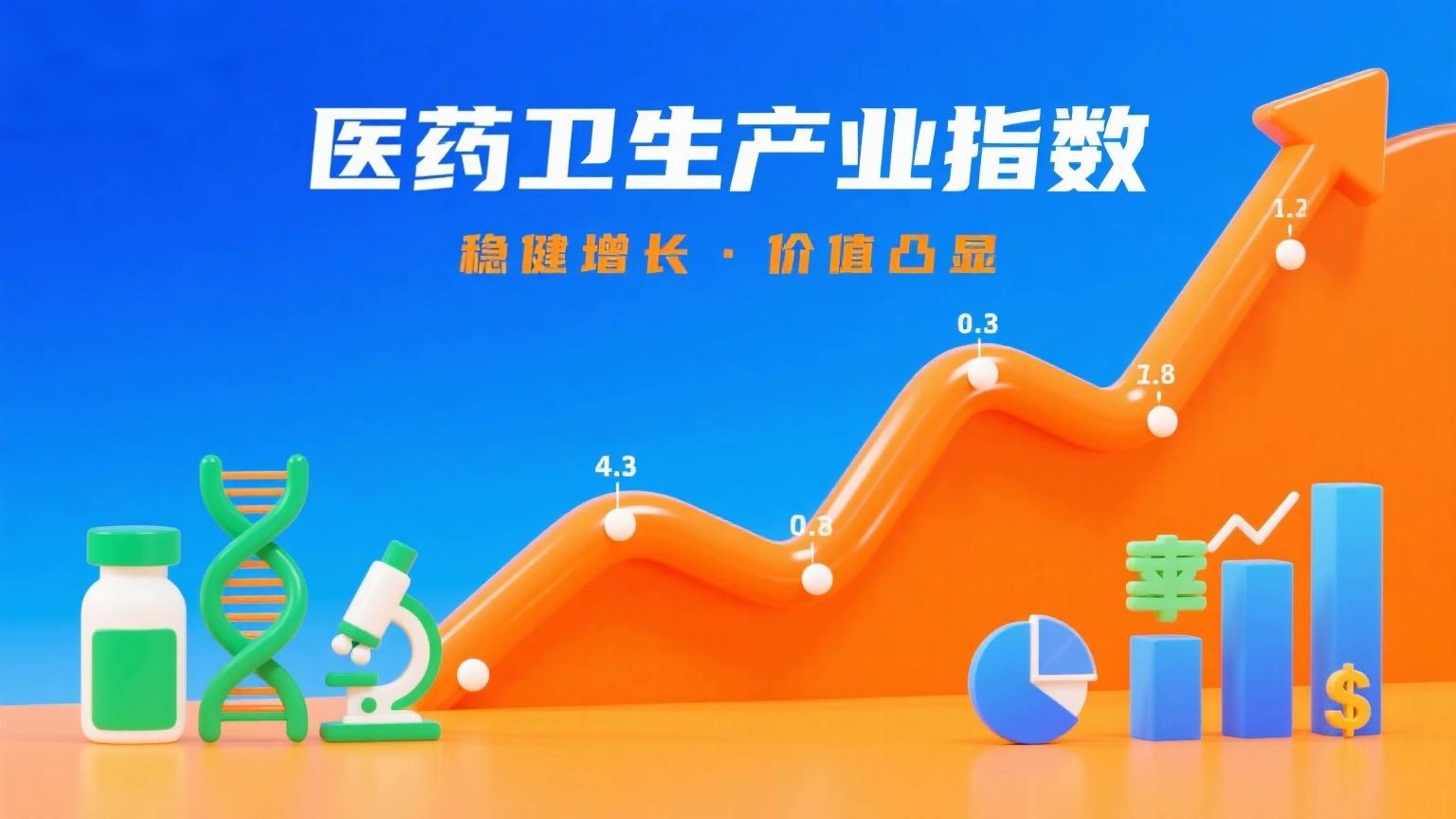
Against the backdrop of increasing life expectancy in China, the demand for health management continues to rise. The healthcare sector, as a key area of the "silver economy," offers long-term growth potential.
For ordinary investors, index investing is a relatively convenient way to capture opportunities in the healthcare sector. According to 2023 annual report data, the total assets under management (AUM) of domestic ETFs tracking healthcare-related indices have exceeded 100 billion yuan, representing a year-on-year growth of over 70%.
The healthcare sector covers numerous sub-sectors, and the related indices each have their own focus. The CSI 300 Healthcare Index, CSI Innovative Pharma Industry Index, CSI HK-Shenzhen Connect Healthcare Composite Index, and CSI Medical Care Index—judging by their names, these indices all fall under the "healthcare" category and may seem similar at first glance. So, what exactly are the differences between them?
From their names alone, we can observe that the CSI 300 Healthcare Index, CSI Innovative Pharma Industry Index, and CSI HK-Shenzhen Connect Healthcare Composite Index place more emphasis on "pharmaceuticals," while the CSI Medical Care Index leans more toward "medical services."
Looking at the specific industry distributions:
-
The CSI 300 Healthcare Index focuses on leading A-share healthcare companies, primarily covering pharmaceutical sub-sectors. Its industry distribution is relatively balanced, with pharmaceuticals, biotechnology, and medical equipment & supplies as the top three sectors, accounting for nearly 80% of the index weight.
-
The CSI Innovative Pharma Industry Index and CSI HK-Shenzhen Connect Healthcare Composite Index also prioritize the pharmaceutical industry but are more concentrated than the CSI 300 Healthcare Index.
-
The Innovative Pharma Index tracks leading A-share companies in the innovative drug supply chain, with pharmaceuticals as the largest sector (nearly 60%), followed by biotechnology and life science tools & services. The top three sectors make up 94% of the index.
-
The HK-Shenzhen Connect Healthcare Index focuses on leading healthcare companies within the Stock Connect program, where pharmaceuticals account for about 50%, followed by biotechnology and healthcare providers & services. The top three sectors represent nearly 80% of the index.
-
-
The CSI Medical Care Index, on the other hand, emphasizes the medical services sector, covering leading A-share medical device and healthcare service providers. Medical equipment & supplies make up about 50%, followed by healthcare providers & services and life science tools & services.
















